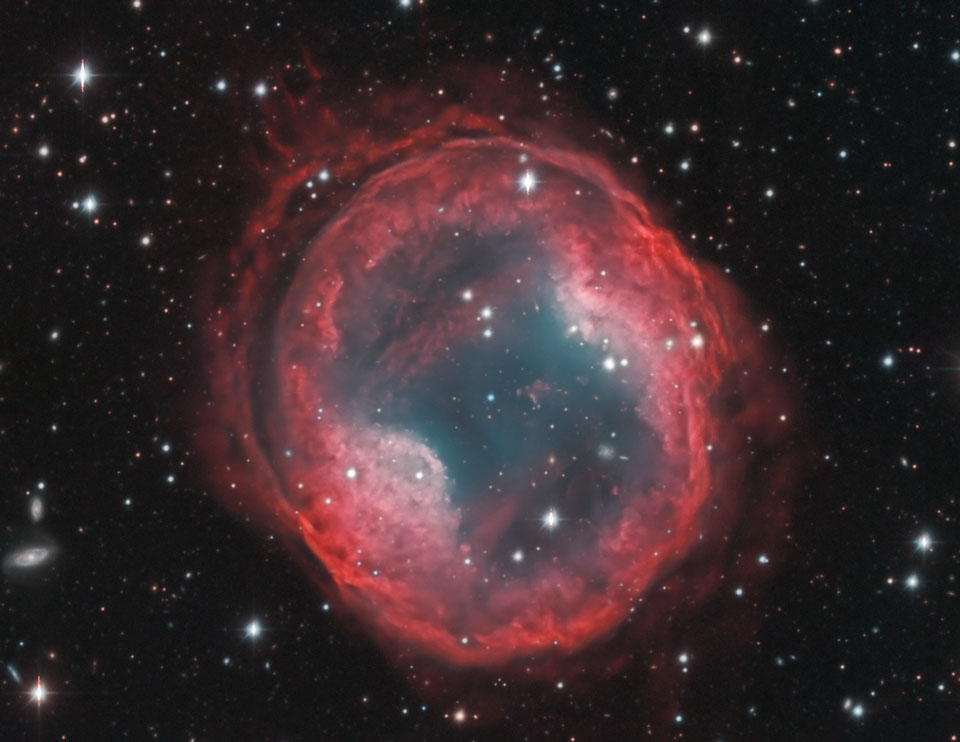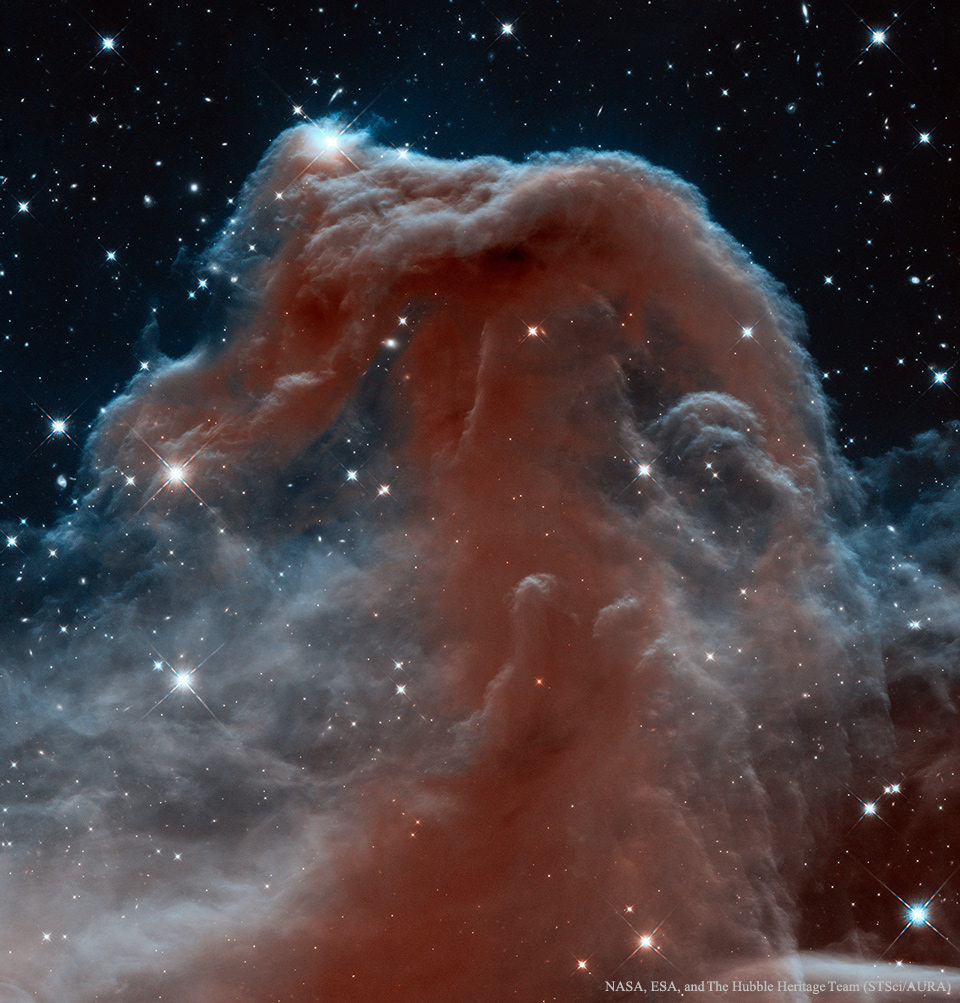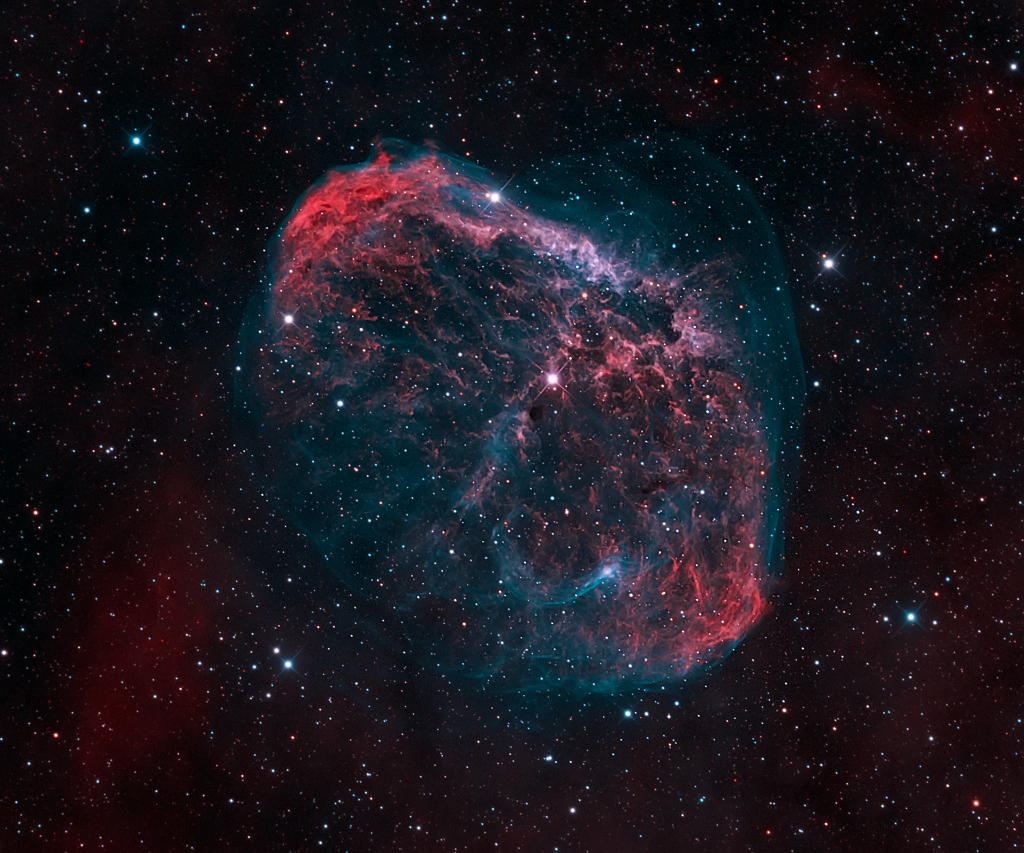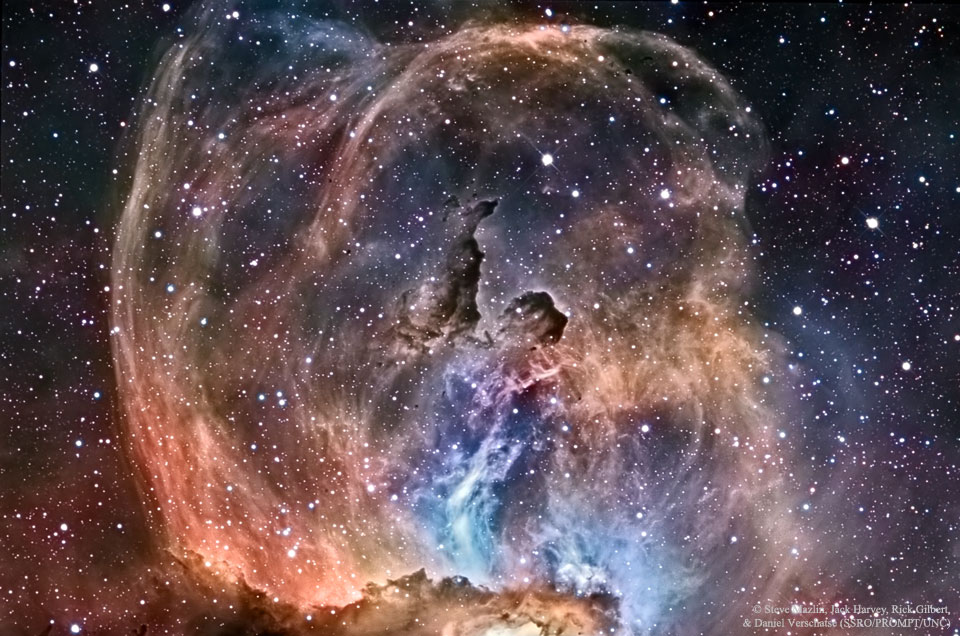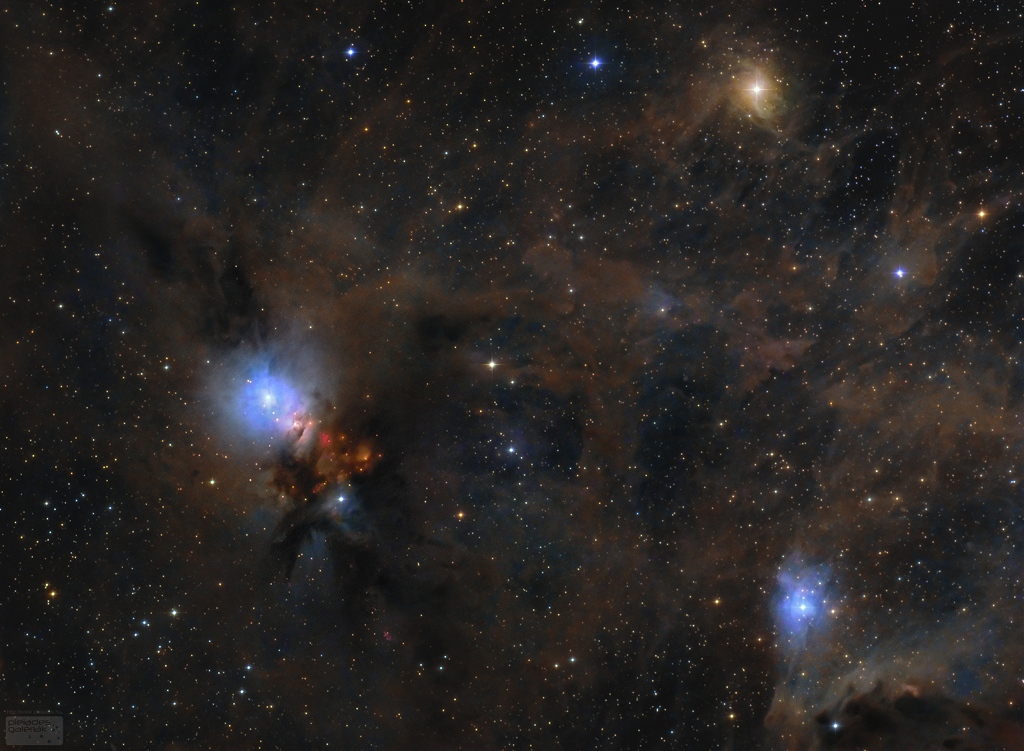Master Cartographer
April 2015 - Nov 4, 2024 15:15:52 GMT
|
Post by syzygy on May 31, 2016 7:19:23 GMT
Hi All!
Recalling my old APOOD collection of astronomy overlays for GSky to life,
in this thread I will continue sharing overlays hotlinked mainly from nasa-APOD pages.
The topic should be dubbed as sister of the former APOD - favorites pics thread by me.
I am to put up overlays which serve the improvement of the GSky imagery resolution:  All the best! All the best!
g
(Post bodies and attachments may contain hotlinked image URL-s, which might be broken one day.)
|
|
Master Cartographer
April 2015 - Nov 4, 2024 15:15:52 GMT
|
Post by syzygy on Jun 2, 2016 11:12:09 GMT
|
|
Master Cartographer
April 2015 - Nov 4, 2024 15:15:52 GMT
|
Post by syzygy on Jun 8, 2016 13:34:56 GMT
|
|
Master Cartographer
April 2015 - Nov 4, 2024 15:15:52 GMT
|
Post by syzygy on Jun 10, 2016 7:23:56 GMT
This stellar object really is one of my favorites. In this oGEC post I have already put up two overlays of this miraculous phenomenon. (after click it may need some scroll down to find the exact posting in the oGEC thread) Now here an even more detailed image: more from source: nasa-apod********************* NGC 6888 - overlay.kmz (1.09 KB) |
|
Master Cartographer
April 2015 - Nov 4, 2024 15:15:52 GMT
|
Post by syzygy on Sept 28, 2016 6:50:26 GMT
|
|
Master Cartographer
April 2015 - Nov 4, 2024 15:15:52 GMT
|
Post by syzygy on Oct 14, 2016 6:45:30 GMT
The well known nebula complex as I have never seen before. For the first sight you might feel it is not, but overlay still pretty well aligned. (For an unknown reason, overlay disappears by me if zoom out a bit more. Luckily can zoom in with impunity.) Orion by Telescope Herschel.kmz (1.2 KB) |
|
Master Cartographer
April 2015 - Nov 4, 2024 15:15:52 GMT
|
Post by syzygy on Nov 2, 2016 8:53:13 GMT
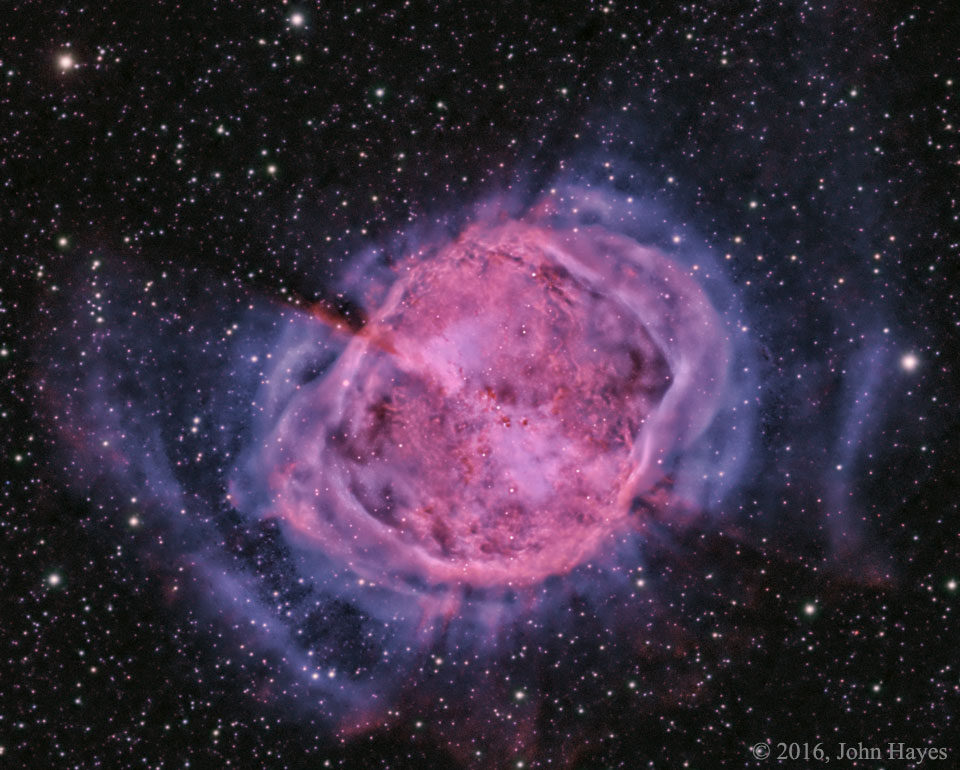 Image Credit & Copyright: John Hayes Image Credit & Copyright: John HayesThe first hint of what will become of our Sun was discovered inadvertently in 1764. At that time, Charles Messier was compiling a list of diffuse objects not to be confused with comets. The 27th object on Messier's list, now known as M27 or the Dumbbell Nebula, is a planetary nebula, the type of nebula our Sun will produce when nuclear fusion stops in its core. M27 is one of the brightest planetary nebulae on the sky, and can be seen toward the constellation of the Fox (Vulpecula) with binoculars. It takes light about 1000 years to reach us from M27, shown above in colors emitted by hydrogen and oxygen. Understanding the physics and significance of M27 was well beyond 18th century science. Even today, many things remain mysterious about bipolar planetary nebula like M27, including the physical mechanism that expels a low-mass star's gaseous outer-envelope, leaving an X-ray hot white dwarf. more from source: nasa-apod
M27 - overlay.kmz (1.06 KB) P.S. - off topic: it is my 150 th post. I became a Three-star brand Senior member to see how sweet my three purple stars fit this photo! (: |
|
Master Cartographer
April 2015 - Nov 4, 2024 15:15:52 GMT
|
Post by syzygy on Jan 9, 2017 8:54:17 GMT
|
|
Master Cartographer
April 2015 - Nov 4, 2024 15:15:52 GMT
|
Post by syzygy on Jan 12, 2017 7:56:45 GMT
 Image Credit & Copyright: Alessandro Falesiedi Large spiral galaxy NGC 891 spans about 100 thousand light-years and is seen almost exactly edge-on from our perspective. In fact, about 30 million light-years distant in the constellation Andromeda, NGC 891 looks a lot like our Milky Way. At first glance, it has a flat, thin, galactic disk of stars and a central bulge cut along the middle by regions of dark obscuring dust. But remarkably apparent in NGC 891's edge-on presentation are filaments of dust that extend hundreds of light-years above and below the center line. The dust has likely been blown out of the disk by supernova explosions or intense star formation activity. Fainter galaxies can also be seen near the edge-on disk in this deep portrait of NGC 891. more at apod.nasa.govNGC 891 - overlay.kmz (1.19 KB) |
|
Master Cartographer
April 2015 - Nov 4, 2024 15:15:52 GMT
|
Post by syzygy on Jan 16, 2017 9:39:57 GMT
|
|
Master Cartographer
April 2015 - Nov 4, 2024 15:15:52 GMT
|
Post by syzygy on Feb 15, 2017 8:27:13 GMT
|
|
Master Cartographer
April 2015 - Nov 4, 2024 15:15:52 GMT
|
Post by syzygy on Aug 7, 2017 7:39:50 GMT
|
|
Master Cartographer
April 2015 - Nov 4, 2024 15:15:52 GMT
|
Post by syzygy on Mar 4, 2019 7:27:08 GMT
|
|
Master Cartographer
April 2015 - Nov 4, 2024 15:15:52 GMT
|
Post by syzygy on Mar 25, 2020 6:56:28 GMT
Great view of S106. I have tried to fit overlay, however not sure exactly, whether if it's good or I paired wrong stars on GSky imagery with stars on the picture... Any opinions welcome! More from source: apod.nasa.gov/apod/ap200325.htmlcelestial coordinates by simbad.uS106 - overlay.kmz (751 B) (Hotlinked image url-s. Might be broken one-time.) |
|
Master Cartographer
April 2015 - Nov 4, 2024 15:15:52 GMT
|
Post by syzygy on Jul 15, 2020 7:10:47 GMT
Seldom I use photo-overlays, now here an example: Comet NEOWISE over the Swiss Alps.kmz (2.16 KB) / Probably could be fit better - still I have spent 15 minutes to find location anf fit to view manually...  |
|


